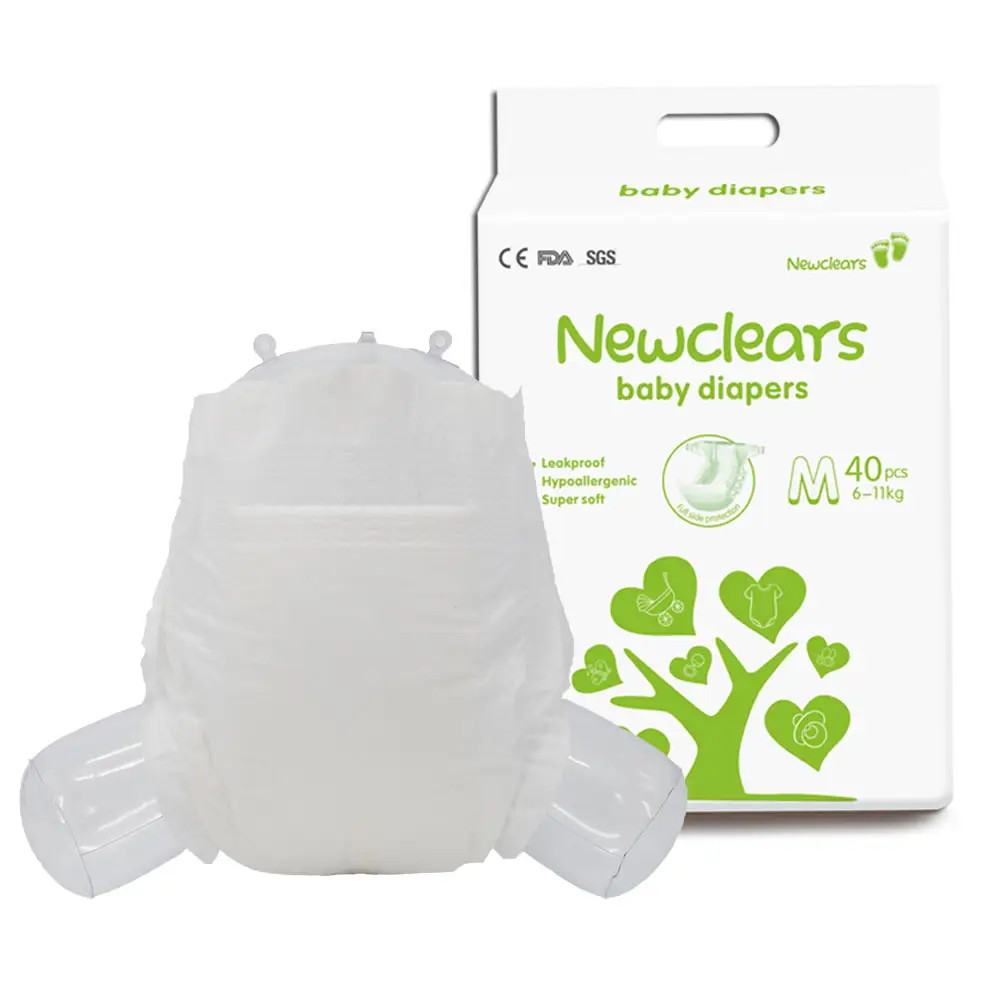In this article, the effects of diapers and its main component SAP on the degradation of pleurotus ostreatuss by growing pleurotus ostreatuss in combination with traditional substrates will be analyzed from the perspectives of substrate quality reduction, cellulose degradation rate, biological efficiency and enzyme activity. In addition, fungal nutritional amino acids and approximations produced by SAP mixed matrices were also investigated.
In the traditional cottonseed husk matrix, adding diapers debris (1×1cm2) with a mass ratio of ≤50% can ensure the normal growth of the fruiting body of pleurotus ostreatus. When the added amount of diapers is less than or equal to 20%, the change of matrix quality can reach 47%, the cellulose degradation rate can reach about 68%, and the biological efficiency can reach more than 83%. Both matrix reduction and biological efficiency are much higher than previous related research results. The research on the enzymatic activity of each component of cellulose in the matrix shows that when the addition amount is less than or equal to 30%, the exoglucanase activity is up to 0.198IU/ml, and the endoglucanase activity is up to 2.065IU/ml. The highest holoenzyme activity was 2.37IU/ml. β-glucosidase is at most 0.026IU/ml, and SMS is an inexpensive way to obtain cellulase, which has great potential for utilization. This experiment verified for the first time that diapers, as part of the matrix, promoted the ability of pleurotus ostreatus to degrade the matrix. At the same time, it provides a theoretical basis for realizing the reuse of disposable waste, and has the advantages of low cost and simple operation.

According to the 2015 report of the European Disposable Knitting Association, the SAP content gradually increased and the wood pulp fluff continued to decrease in diapers years. At present, feminine hygiene products with SAP content of 100% have appeared, and SAP may reach 100% in diapers years. With this in mind, this experiment added SAP directly to the matrix. When the amount of SAP added was less than or equal to 6%, the matrix reduction after the first tide could reach 36.99%. From the perspective of cellulose degradation rate, adding SAP will generally promote the utilization of pleurotus ostreatuss for matrix cellulose, and the cellulose degradation rate can be increased by 12.30% to 60%. The maximum amount of SAP added is 6%, which is 5.5% higher than the predecessor. The 6% SAP moisture control experiment showed that between 180% and 210%, the first tide substrate mass could be reduced to 28%. And can ensure that the biological efficiency is above 40%, and the cellulose degradation rate is 47.69%. The optimal initial water addition amount was 180% of the dry weight of the substrate, which significantly improved the ability of pleurotus ostreatus to degrade and utilize the substrate, and provided a good practical premise for SAP to be used in pleurotus ostreatus cultivation.
To sum up, the main points are as follows: 1. Provide theoretical basis for diapers biological reuse; 2. Systematically study planting methods and the nutritional value of fruiting bodies; 3. Increase the added value of diapers; 4. Reduce environmental pollution and avoid resource waste.
Comment(0)
You can comment after
SIGN IN